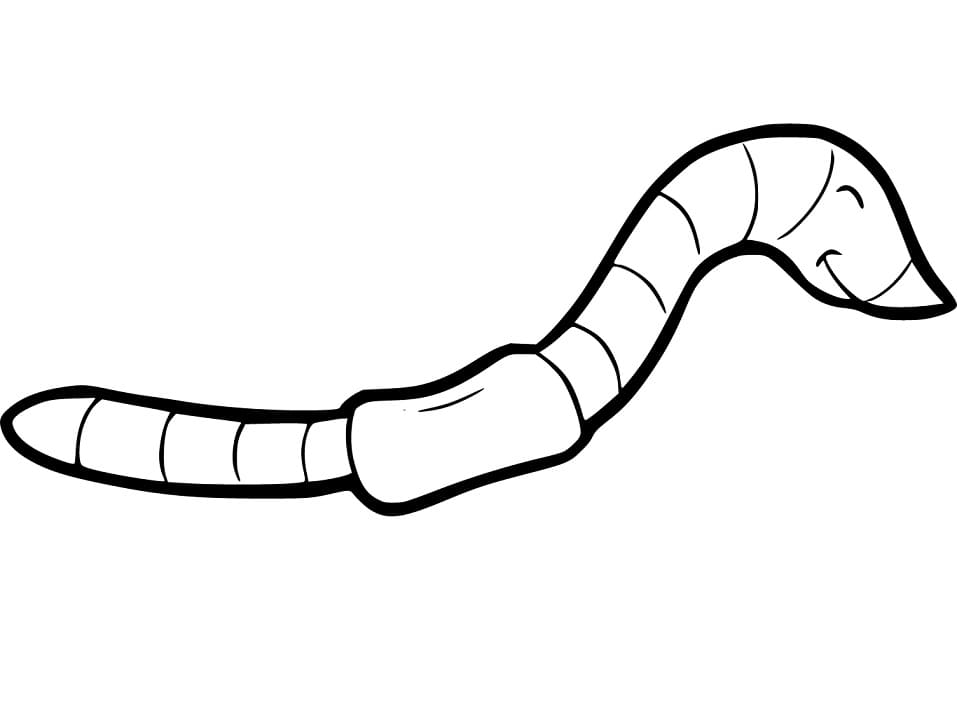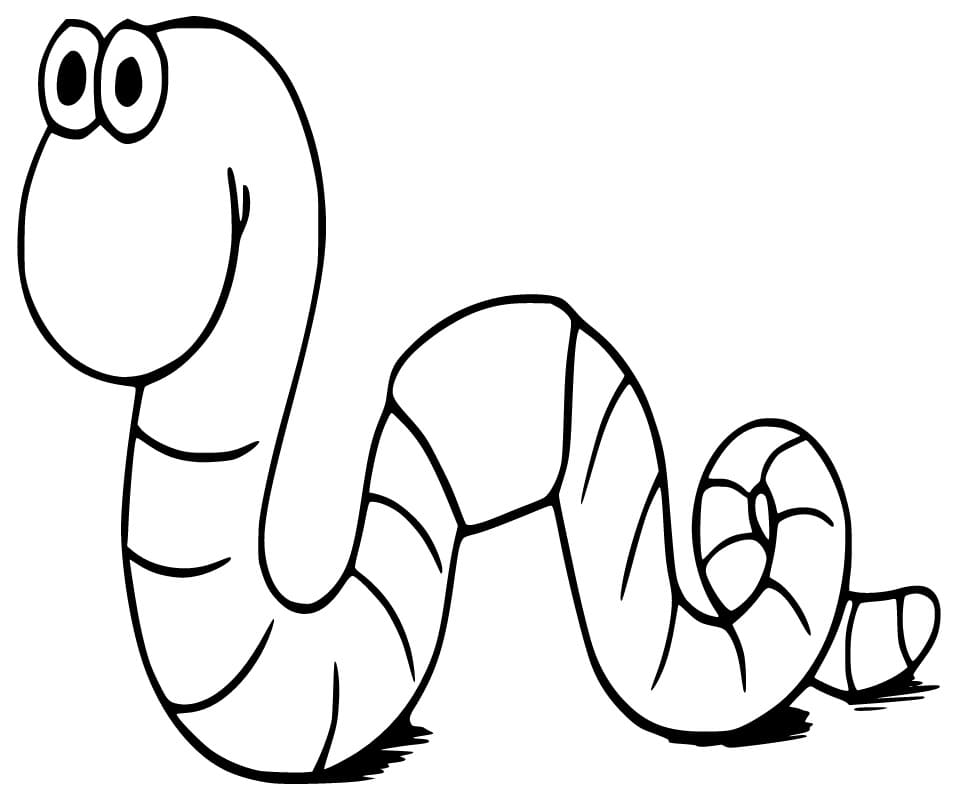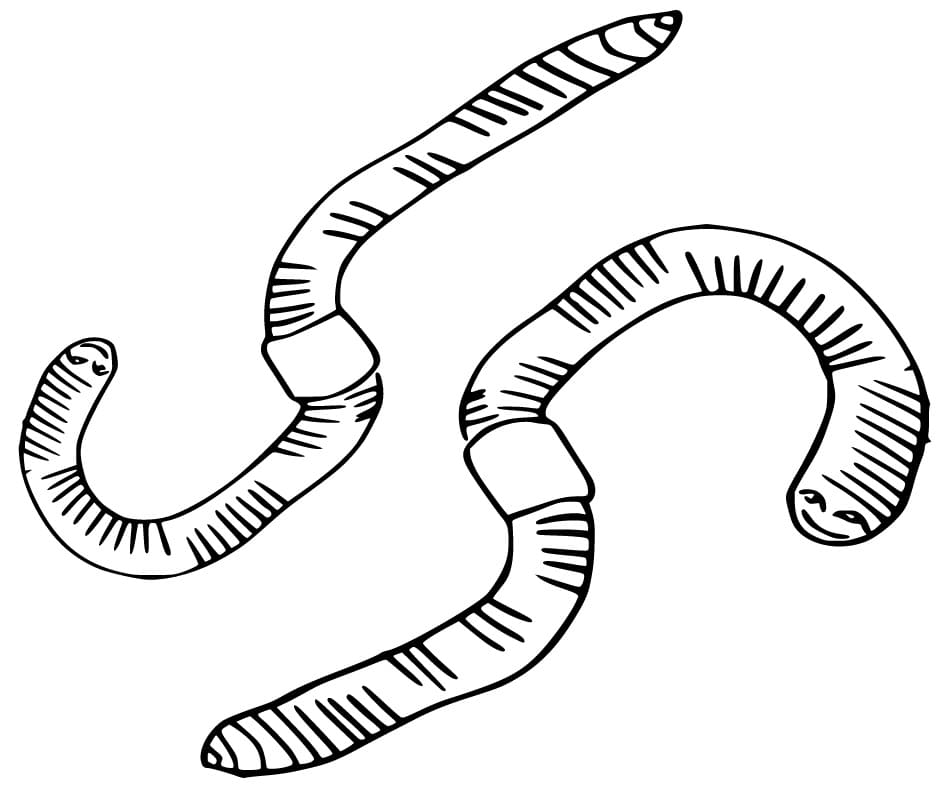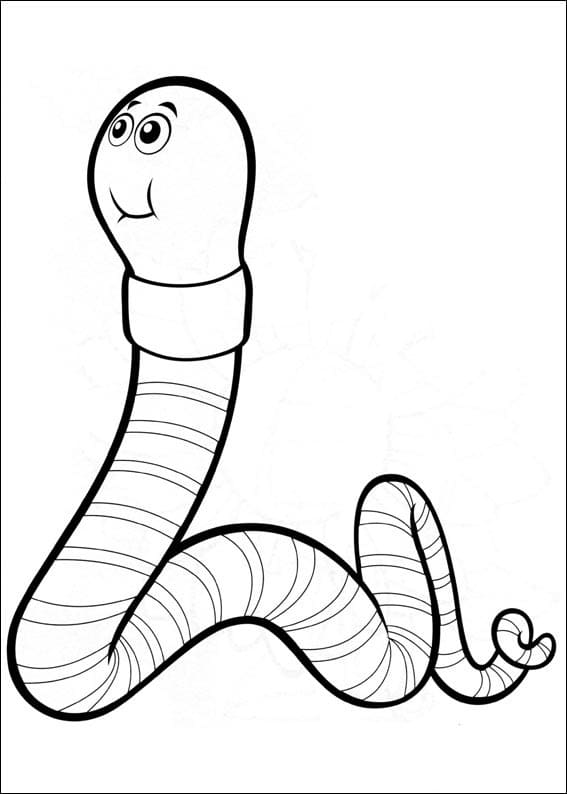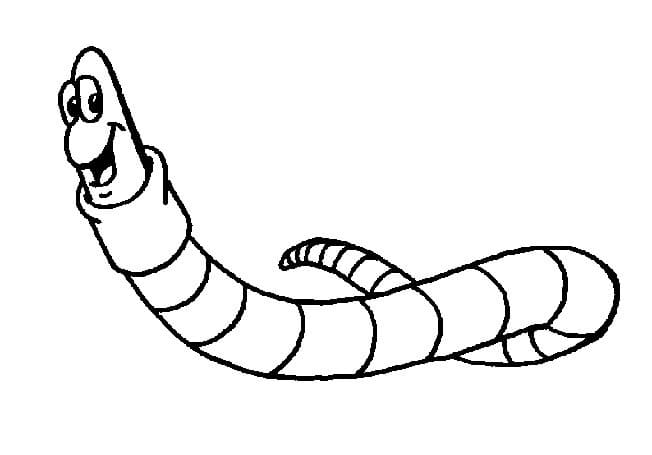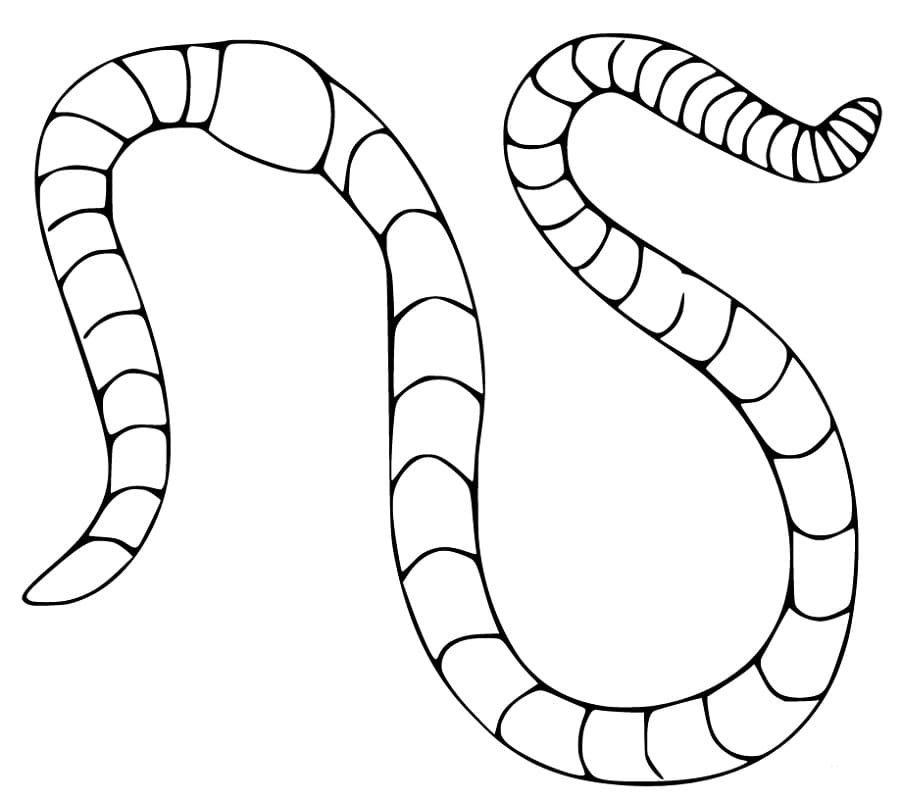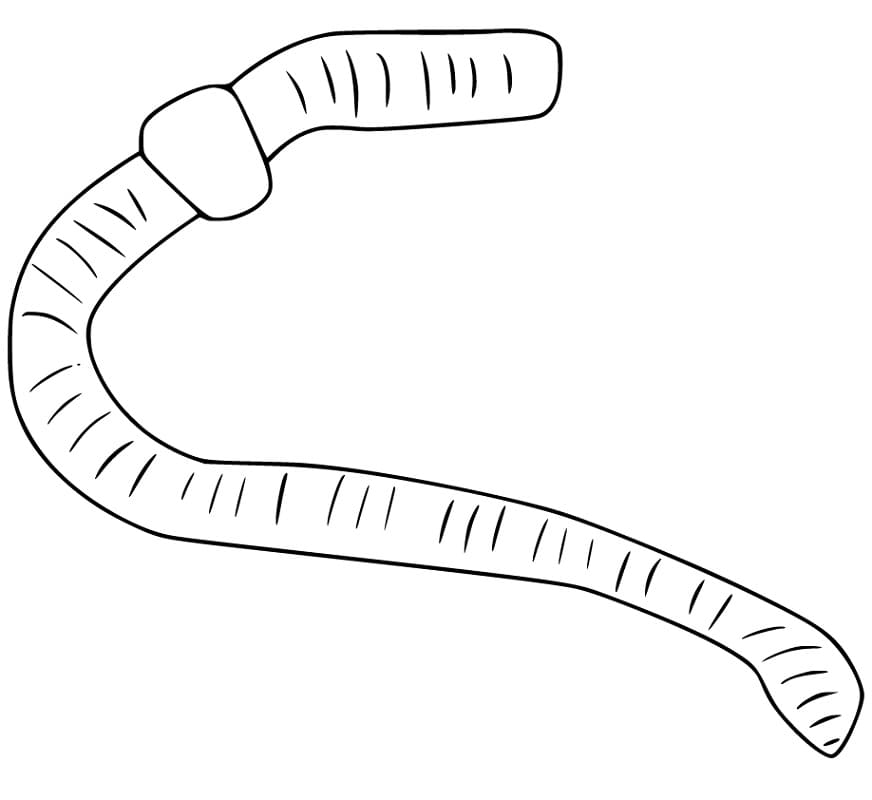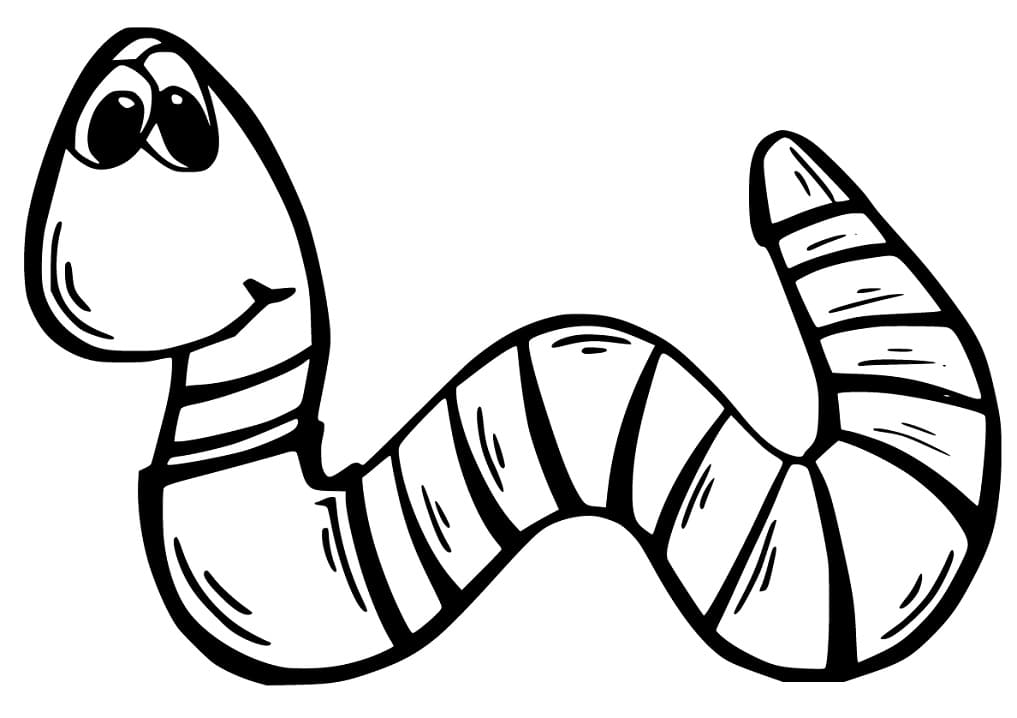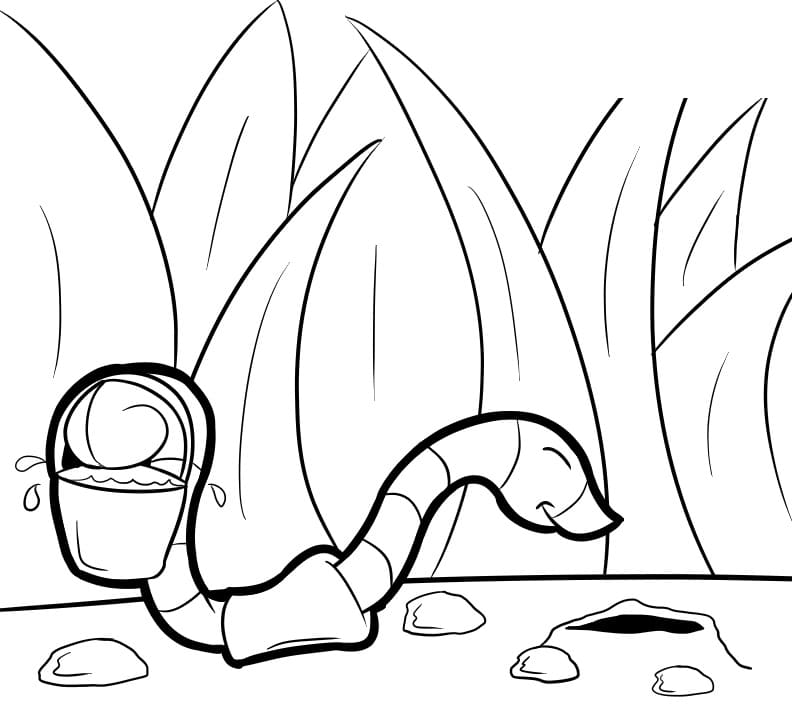Earthworms, also known as soil earthworms, are invertebrates belonging to the phylum Ringworm, specifically to the cluster of scorpionworms. They are among the most recognizable and common soil organisms. Here is some key information about them:
Earthworm - interesting facts and information
- Body and appearance: Earthworms have elongated, cylindrical bodies divided into segments that can vary from species to species. They are pink, reddish or brown in color, depending on their diet and the soil in which they live.
- Scope of occurrence: Earthworms can be found all over the world, except in areas with extremely hot or cold climates. They are especially common in temperate climate zones.
- Environment: Earthworms are soil organisms that spend most of their lives underground. They are crucial to soil health because they help aerate the soil and reduce soil compaction by digging corridors. In addition, their droppings, called coprolites, are an important source of nutrients for the soil.
- Diet: Earthworms are detritivores, which means they feed on dead organic matter such as fallen leaves and decaying plants. Some species also feed on soil, digesting the organic matter in it.
- Reproduction: Earthworms are hermaphrodites, which means that each individual has both male and female reproductive organs. However, they cannot fertilize their eggs on their own. Instead, two individuals must pair up and exchange sperm to fertilize the eggs.
- Importance for humans: Earthworms are very important for agriculture and horticulture, as they improve soil quality and help decompose organic waste. They are also often used as fishing bait.
It is worth noting that while earthworms are generally harmless to humans, they can adversely affect some ecosystems if introduced to them inappropriately. For example, in North America, some species of earthworms introduced from Europe have a negative impact on forests, as they alter soil structure and affect plant distribution.

